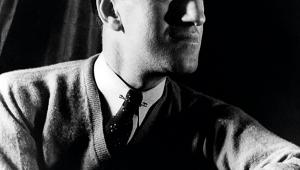Portraits In Jazz Page 2
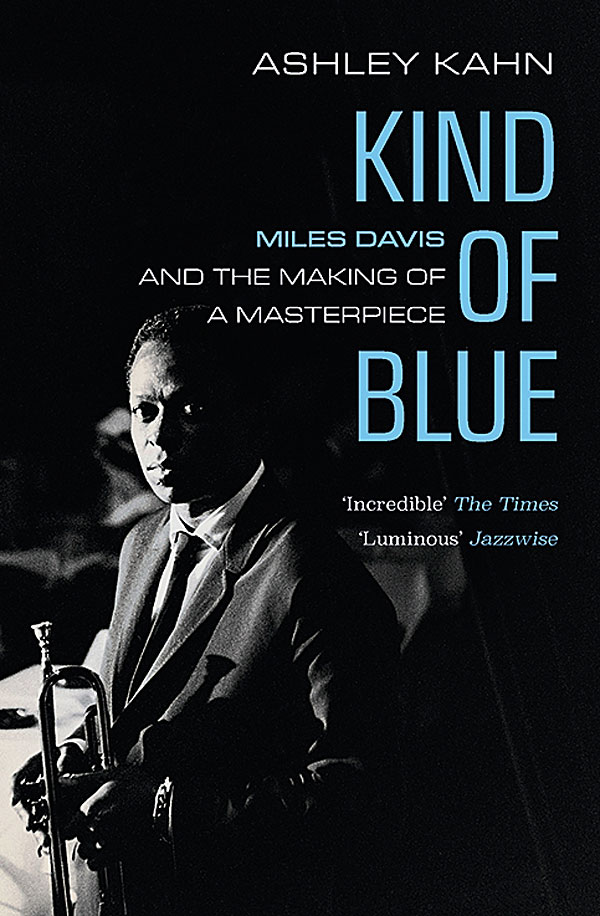
'In addition to 30th Street's (CBS studio) natural reverberation, a small amount of echo was added to the general mix... At 30th Street, a line was run from the mixing console down into a low-ceilinged, concrete basement room about 12 by 15ft in size, where we set up a speaker and a good omnidirectional microphone.
'The sound from the session was played through the speaker, which reverberated in the empty room and was recorded back on the master mix, in the centre track. When listening to the original three-track tapes, it is possible to drop out the left and right tracks during, say, a Coltrane solo, and hear a slight off-in-the-distance effect adding a subtle, resonant edge.'
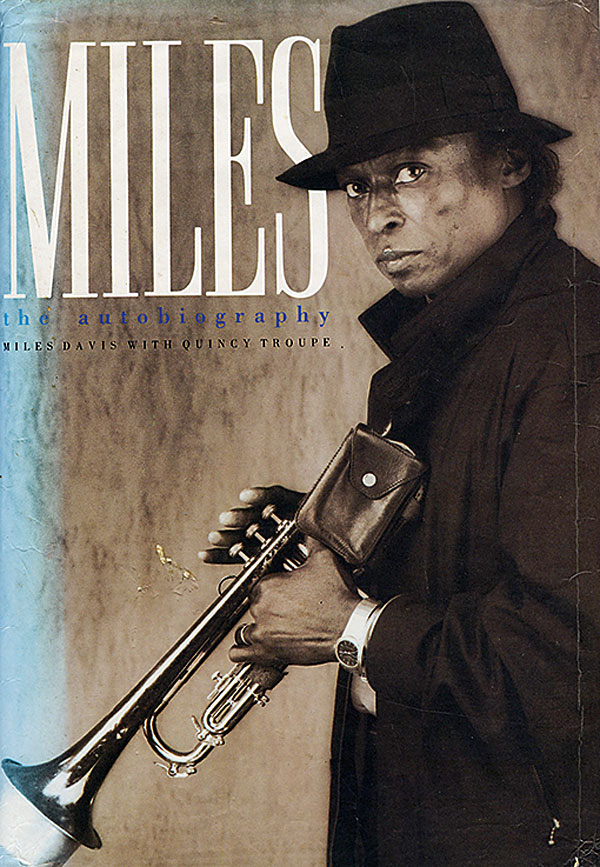
Playing The Field
'For the first session, instruments whose ranges would not collide were paired on the tracks: tenor saxophone and the piano shared the left track, trumpet and bass the centre, and alto saxophone and drums the right. As was customary with Miles's recordings from the late 1950s, he was granted the "star" position of centre track, almost always coupled with Chambers.

'Because complete isolation between tracks was impossible, each instrument's sound – especially during solos – can be heard on all three tracks. As a result, the horns and piano are richly defined by three aural fields, adding a significant depth and completeness to their sound. During trumpet solos one can make out Miles on the left and right tracks, as well as on the centre with added echo.'
In Swing, Swing, Swing, The Life And Times Of Benny Goodman, the book's author Ross Firestone pieces together the fascinating story of the famous January 1938 Carnegie Hall concert, and how it came to be recorded and then issued on LPs many years later.
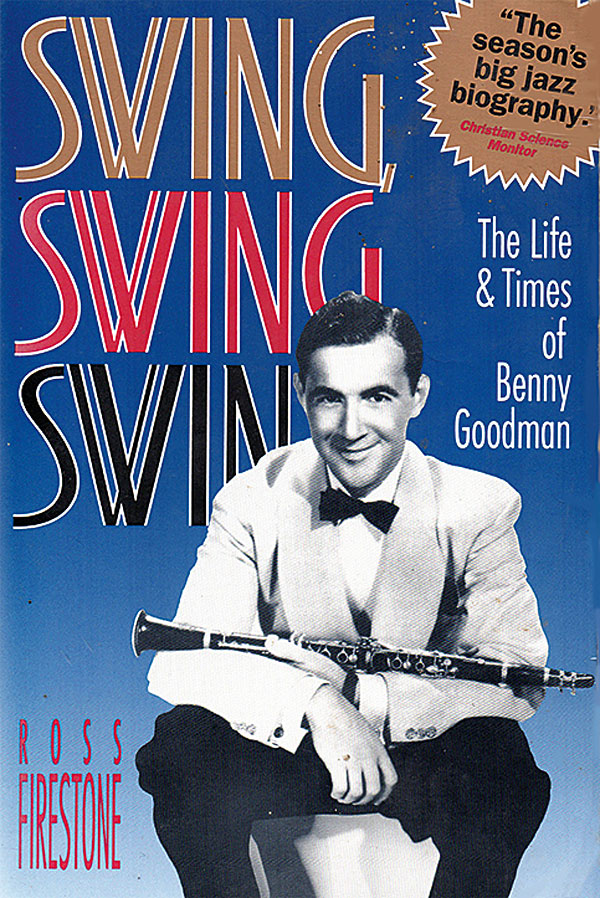
Firestone explains: 'The idea for recording the Carnegie Hall concert had come from Albert Marx, a friend of Benny's then married to Helen Ward. Marx arranged for two sets of 12in 78 rpm acetates to be made, then presented one to Helen... and gave the other to Benny.
'Benny recalled with a smile:
''I kept them as a sort of heirloom, but I never knew where they were... Then about 12 years later I moved out of a place where we lived in New York, and my sister-in-law Mrs Rachel Speiden, who was going to take the apartment over after I left, called me and again told me that these records were at her apartment and unless I came to take 'em, her son Dougie would get ahold of them and that would be the end of them".'
Hands On Decks
Engineer Bill Savory recalled: 'The concert had been recorded in parallel in two places – Harry Smith's Artists Recording Studio on West Forty-sixth Street and Universal Recording Studios, run by Raymond Scott. Albert Marx presumably ordered two sets from Harry Smith, which meant that Harry would have needed four turntables, two for each set. You can't just record a selection to the end of the record, then lift the cutting head, turn it over and start recording again. You'd miss too much, so you have to switch over to a second turntable. To record two sets at once, you'd have to be pretty agile turning over the records on four turntables in sequence. It would be like flipping flapjacks.
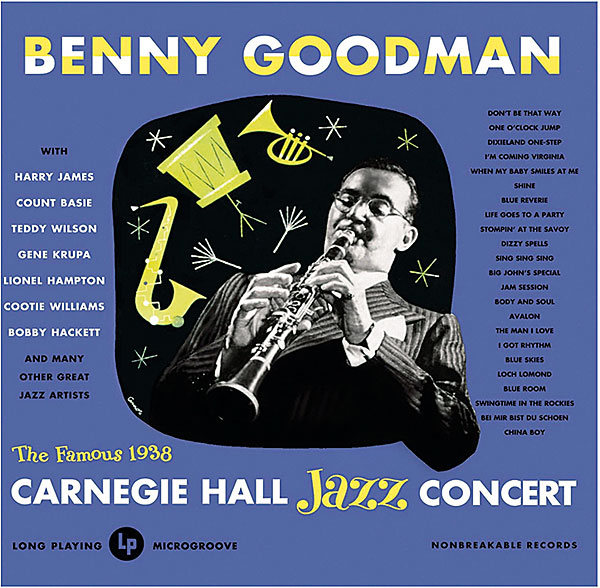
'So Harry farmed the second set out to Scott's outfit and that was the one given to Benny. The recording was probably done in the following manner. There was one 44-BX mic, the famous RCA diamond-shaped thing, that was hung up above where the conductor's podium would normally be. Benny believed almost to the day he died that that was the only microphone there, but there were at least three others.
'All of them were connected to a mixing console backstage used for recording set-ups and broadcasts from Carnegie Hall, which was connected by Class A broadcast-quality telephone lines via some nearby central exchange to CBS master control. Master control then picked up the incoming feed from Carnegie and patched it in to Harry Smith and Raymond Scott. So they were able to get a very fine noise-free, distortion-free connection.
'But no one seems to have been running the console backstage the night of Benny's concert. The CBS guy or the designated Carnegie Hall grip may have been asked to turn it on but not fool with the knobs. That involved another union...
'Only one record in that whole complete set of 78s ended with applause at the end of the selection. The rest had to be spliced together, which created quite a problem because one of the recording turntables ran faster than the other and the pitch varied noticeably when I picked up the second part of the tune... I also had to fool around equalizers. It took about six weeks of steady work to straighten it all out and get [the recording] to the point where Benny said, "Okay, let's go".'
Record Success
'The Famous 1938 Carnegie Hall Jazz Concert, as it was called, was released on November 13th, 1950... Earlier in the year the 33.3rpm long-playing microgroove record, which Columbia introduced in 1948, was now established in the marketplace as the standard record album format. Had Benny Goodman retrieved the recordings from his sister-in-law's closet a few years earlier, before the LP existed, it is doubtful if they would have made their way out of his music room.'
As with so many things in life, timing is everything.


























